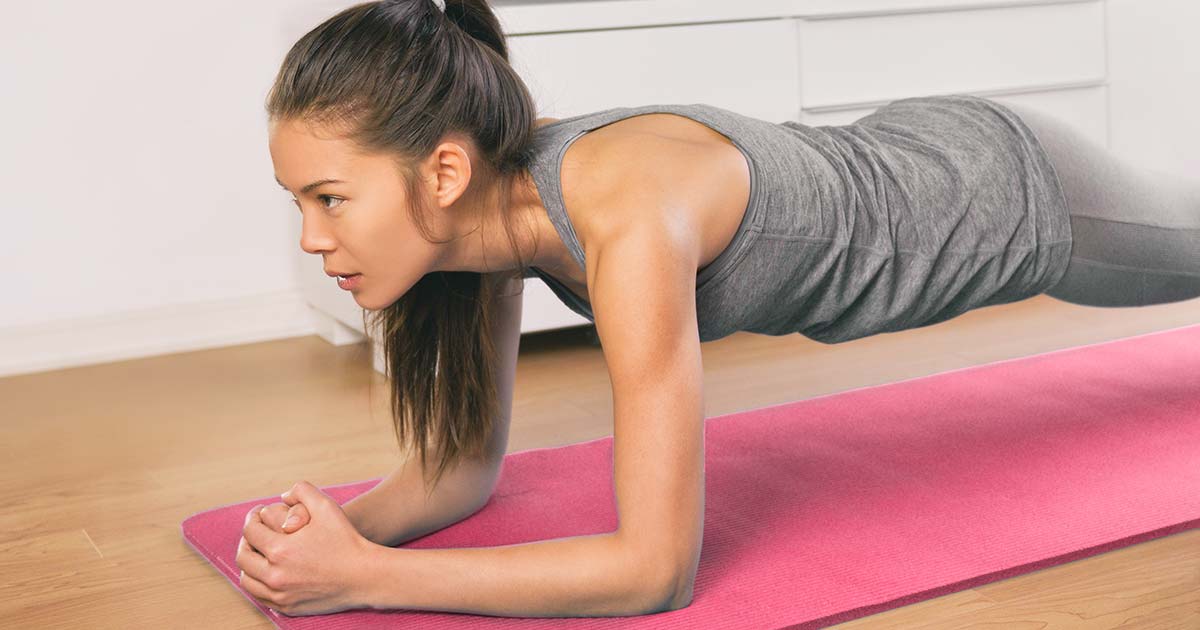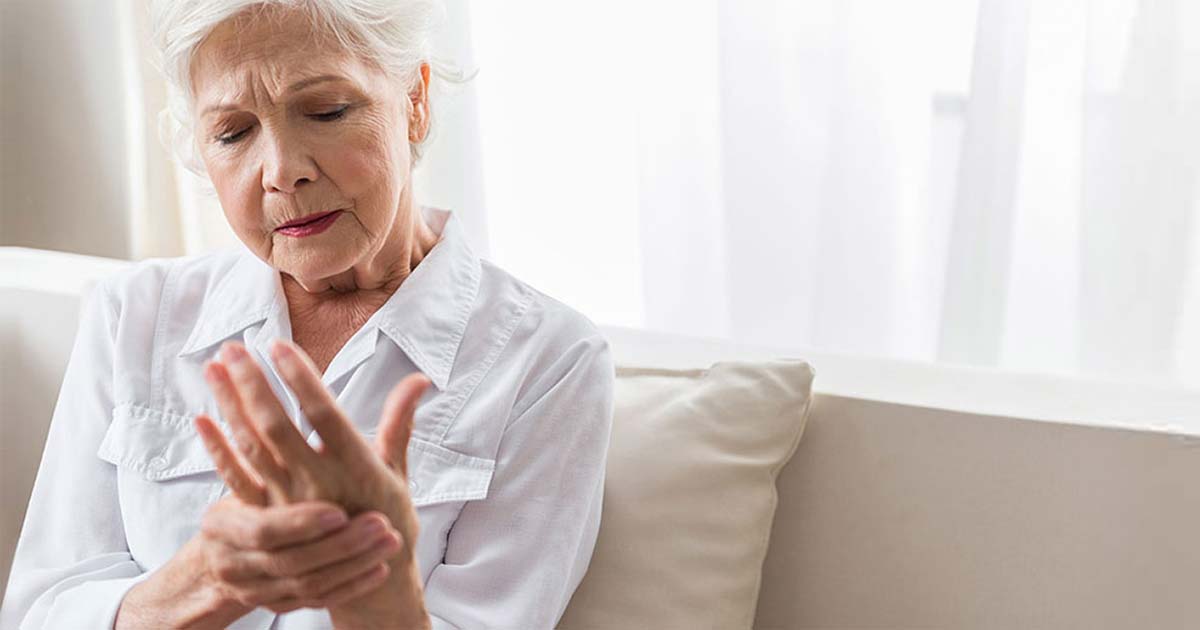Breaking Down the Benefits of Pilates
Advice to improve your movement, fitness, and overall health from the world's #1 in orthopedics.
Many of the advantages of Pilates involve its gentle nature: less stress on the joints, improved mind-body awareness and core strength, increased flexibility and better posture. But Pilates also offers specific benefits for people suffering from pain or injuries.

Pilates exercises can be performed on a mat or using a specially designed machine called a reformer. “The reformer uses springs for resistance and assistance to achieve balanced muscle engagement,” says Steven Fetherhuff, coordinator of the Pilates program at HSS. “Both the exercises and the equipment can be modified and adjusted to any body or fitness level, allowing for a uniquely personalized workout.” Whichever method you choose, the coordinated movements of Pilates enhance range of motion and build strength.
Read on for more about the advantages of a Pilates practice.
Who Can Benefit from Pilates
Pilates is especially helpful for people recovering from an injury who want to ease back into exercise because it is frequently taught in either one-on-one sessions or small group classes, says Fetherhuff. It’s also beneficial for post-rehab patients because of its focus on range of motion and mobility, which are crucial components of successful recovery.
The Pilates principles of focusing on motor control and the firing of muscles deep within the core can also help prevent injury during everyday movements, like lifting, twisting and bending. Engaging those deep muscles in the lower back and abs strengthens them and increases the support they provide for the spine, as well as improves posture.
Those who want to enhance their athletic performance and decrease their risk of injury may find the method’s emphasis on coordination and stability helpful.
Conditions Pilates Can Help With
Pilates can be ideal for people with many types of problems, “as it is gentle and low impact,” says Fetherhuff. It may particularly benefit those experiencing the issues below.
- Arthritis. Pilates focuses on muscle control. This enables precise, aligned joint movement through the repetition of more efficient movement patterns, which can especially help people with arthritis, says Fetherhuff. “The guidance from the Pilates equipment can help one better sense the position and movement of a body part, leading to better joint mechanics.” Pilates can also play a role in improving body awareness, or proprioception.
- Back pain. Conservative treatments such as Pilates are becoming increasingly popular to help people suffering from back pain, a hugely common complaint in the US. Pilates improves mobility by focusing on each vertebra’s relationship to the neighboring vertebra. This focus on mobility, along with exercises that improve the stability of the abdominal and back muscles, works to prevent low back joint stiffness and muscle tightness.
- Osteoporosis. For people with osteoporosis, it is important to avoid spinal flexion (forward bending) and twisting motions, as these movements compress the spine, overloading the vertebrae and putting weaker bones more at risk of fracture. Though roughly three quarters of traditional Pilates mat exercises are flexion based, many of them can be performed safely by simply maintaining a neutral spine. Extension, or backward bending, exercises are a good alternative, as they strengthen the upper back muscles and improve posture. Look for classes that are specifically geared to people with osteoporosis, or experienced certified instructors.
- Balance issues. Pilates is particularly helpful for seniors in reducing the risk of falls, which can cause serious injury. Exercises that encourage use of the muscles around the hip, as well as balance-focused movements, are most effective in helping gain the strength needed to prevent falls. Developing mind-body awareness during your workout keeps you thinking about how you’re moving when outside of the Pilates studio, which can also help in reducing fall risk.
How to Get Started
The National Pilates Certification Program (NPCP) provides third-party certification of Pilates instructors. Instructors with NPCP certification have completed a comprehensive course in the method and have passed a standardized exam demonstrating their knowledge.
Once you find someone who seems like a good fit, try a session. Many studios have intro rates. If you’re working one-to-one, the instructor should ask you directly about your injuries and issues during the session. If you are taking a group class, make sure the level is right for you in advance, get there early and speak with the instructor before class if you have any physical limitations. Regardless of the format, you want someone who listens to you about your body, and who you feel confident in and comfortable working with.
And of course, check with your healthcare provider before beginning any new exercise program. HSS offers one-on-one Pilates sessions. Learn more at https://www.hss.edu/midtown. You can also attend virtual Pilates classes taught by HSS experts.
Published 5/5/2021



